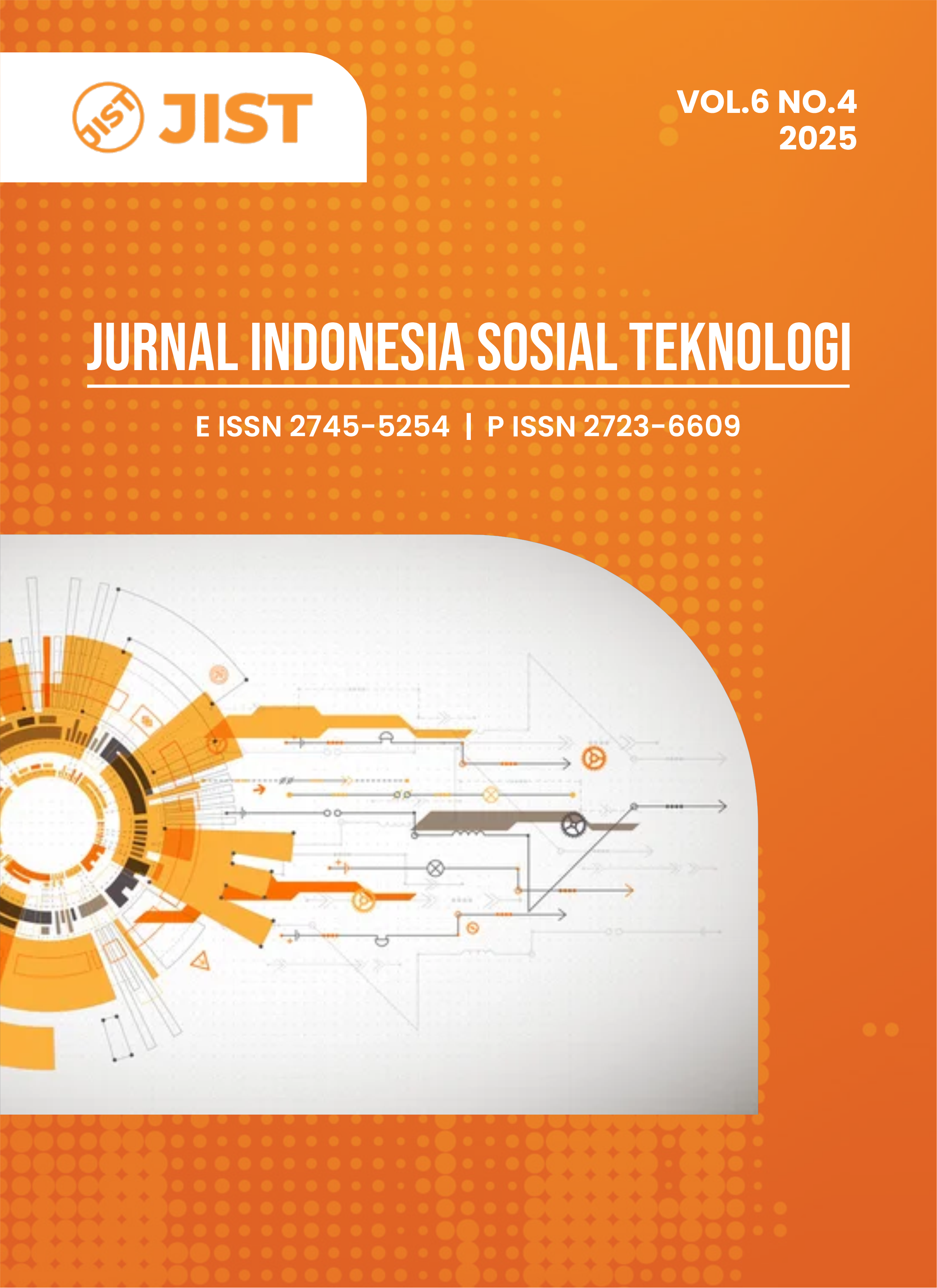Risk Analysis of The Implementation of Electricity Infrastructure Construction Case Study: Gistet 500 Kv Payton
DOI:
https://doi.org/10.59141/jist.v6i3.8988Keywords:
delphi technique, expected monetary value, decision tree analysisAbstract
This research analyzes the construction risks of the 500 kV Paiton High Voltage Substation (GISTET) and develops the most optimal risk treatment based on the risk management standard SNI 8615:2018. The research variables were derived from a literature review, followed by the Delphi Technique questionnaire to identify relevant risks from respondents. Subsequently, a qualitative analysis was conducted using the Consequence/Probability Matrix to identify the dominant risks, followed by a quantitative analysis using the Expected Monetary Value (EMV) calculation. The determination of the most optimal risk treatment for each dominant risk was obtained through Decision Tree Analysis (DTA). The research results identify 38 relevant risks, with 10 classified as dominant, categorized as high, very high, and extreme risks. The three risks with the highest EMV impact values are project execution time not aligning with the project schedule, suboptimal contractor performance, and delays in the arrival and mobilization of materials to be installed. The study's implications underscore the importance of proactive risk management in large-scale construction projects, aiming to minimize potential losses and ensure project success.
Downloads
Published
How to Cite
Issue
Section
License
Copyright (c) 2025 Fahmi Kuncoro, Dhimas Widhi Handani

This work is licensed under a Creative Commons Attribution-ShareAlike 4.0 International License.
Authors who publish with this journal agree to the following terms:
- Authors retain copyright and grant the journal right of first publication with the work simultaneously licensed under a Creative Commons Attribution-ShareAlike 4.0 International. that allows others to share the work with an acknowledgement of the work's authorship and initial publication in this journal.
- Authors are able to enter into separate, additional contractual arrangements for the non-exclusive distribution of the journal's published version of the work (e.g., post it to an institutional repository or publish it in a book), with an acknowledgement of its initial publication in this journal.
- Authors are permitted and encouraged to post their work online (e.g., in institutional repositories or on their website) prior to and during the submission process, as it can lead to productive exchanges, as well as earlier and greater citation of published work.










